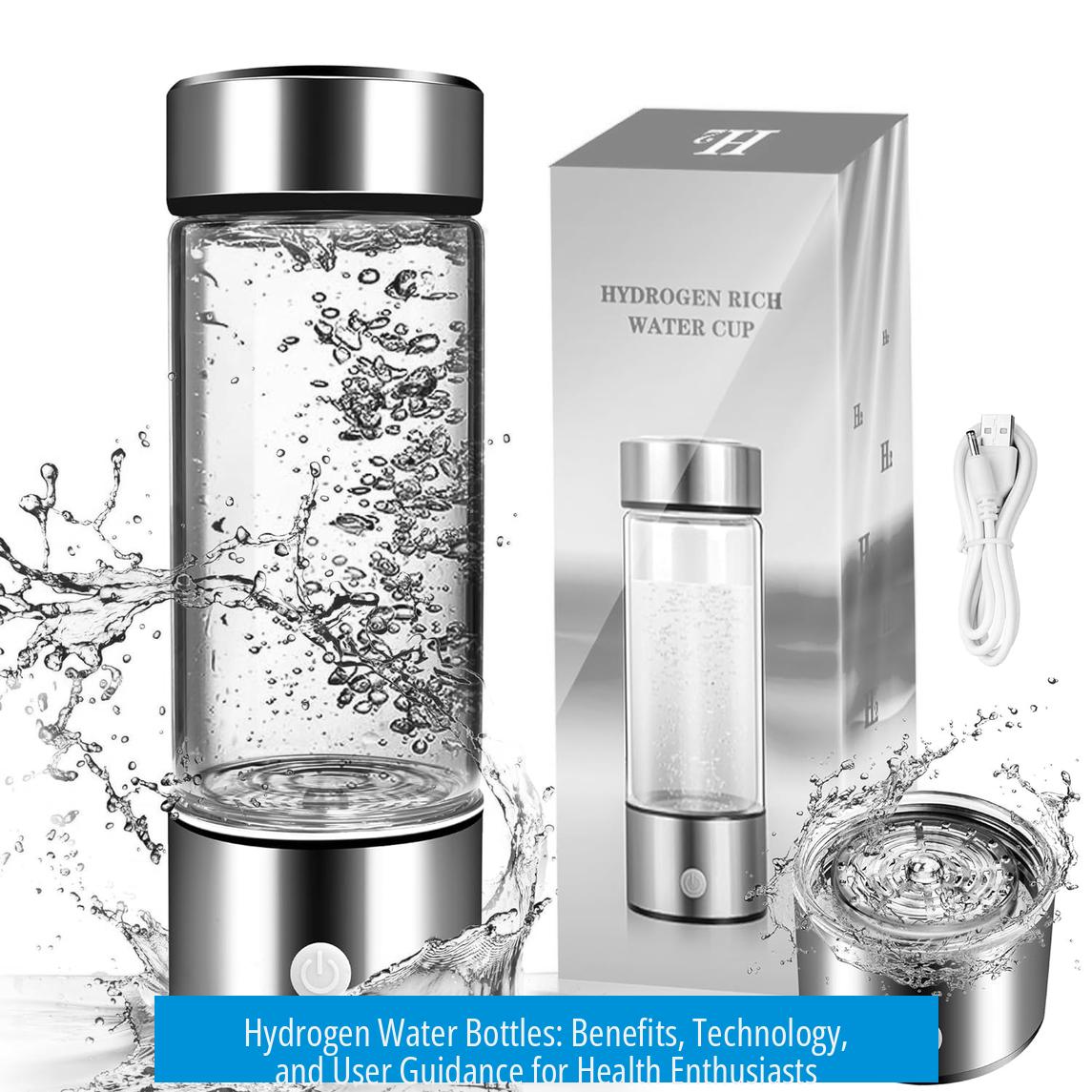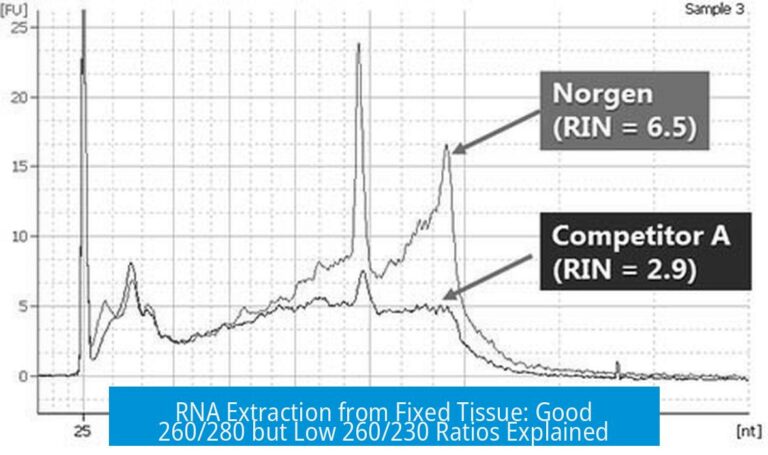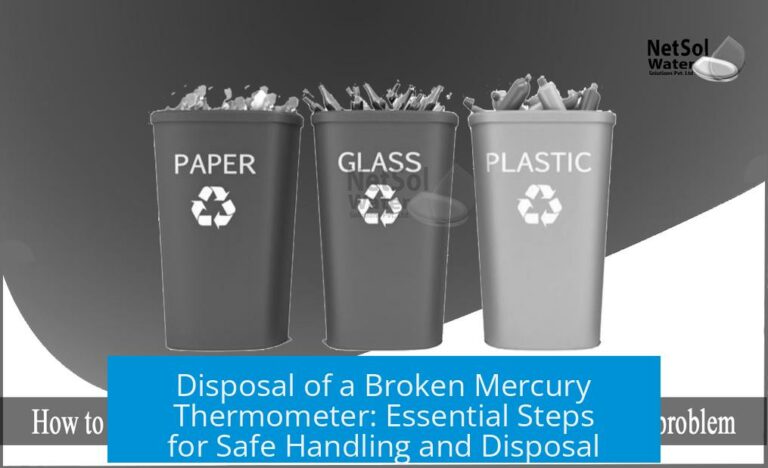Hydrogen Water Bottle: Science, Skepticism, and Practical Insights
A hydrogen water bottle is a device designed to infuse water with molecular hydrogen gas (H2) through electrolysis, purportedly offering health benefits related to antioxidant properties. However, most low-cost models fail to produce meaningful hydrogen concentrations, face technical limitations, and may pose safety and quality concerns. High-quality devices employing advanced technology such as proton exchange membranes (PEM) can generate measurable hydrogen concentrations, but usually come at a higher price. Scientific studies show potential health effects of hydrogen-rich water, though absorption and delivery methods limit efficacy. Consumer caution, verification, and water-source considerations are critical when using such products.
Understanding Hydrogen Water Bottles
Hydrogen water bottles aim to generate dissolved molecular hydrogen in drinking water via electrolysis. This process splits water molecules (H2O) into hydrogen (H2) and oxygen (O2) gases:
2 H2O + energy → 2 H2 (gas) + O2 (gas)
The bottle typically contains electrodes submerged in water and is powered by a small battery or charged circuit. Electrolysis releases hydrogen gas, which the device attempts to dissolve in the water to increase its hydrogen content.
Challenges in Electrolysis and Hydrogen Dissolution
- Pure water is a poor conductor and electrolysis requires sufficient electrical current (amperage) to proceed meaningfully.
- Low-power circuits in typical bottles limit hydrogen gas production significantly.
- Hydrogen gas is only sparingly soluble in water—approximately 1.6 ppm at room temperature and atmospheric pressure.
- Hydrogen gas produced tends to form bubbles and quickly escapes from open containers unless sealed properly.
- If substantial electrolysis happens, water volume would decrease over time due to gas release; this is rarely observed.
- There’s a safety concern as produced hydrogen and oxygen gases in a sealed space can cause explosive hazards.
- Some models may generate unwanted chlorine, ozone, or electrode materials contaminating the water.
Technological Components in Hydrogen Water Bottles
Advanced hydrogen water bottles use proton exchange membrane (PEM) technology to improve hydrogen generation efficiency and water safety. PEM acts as a selective barrier allowing hydrogen ions to pass while blocking contaminants such as chlorine and ozone from re-entering water.
Key technical features include:
- Dual electrodes: One cathode (negative) generates hydrogen, and an anode (positive) generates oxygen.
- Automatic cleaning cycles: Some bottles incorporate self-cleaning to remove mineral buildup on electrodes.
- Compatibility: Devices vary in compatibility with water types; most work with natural spring, filtered, or purified water. Tap water and distilled water are generally discouraged due to safety or electrolysis inefficiency.
Professional models often cost upwards of $200 due to advanced materials, cleaning systems, and documented hydrogen production validated by lab reports.
Electrodes and Cleaning
Mineral deposits accumulate on electrodes during operation. This can reduce efficiency and contaminate water if not cleaned. Top-tier hydrogen water bottles automatically initiate cleaning via reversed polarity or ultrasonic methods.
Scientific Evidence and Health Perspectives
Research suggests that hydrogen-rich water (HRW) has antioxidant effects and may ameliorate oxidative stress-related conditions in animals and some clinical studies. Hydrogen molecules can serve as selective antioxidants, reducing free radicals involved in inflammation and cellular damage.
Highlights from research include:
- Animal studies show hydrogen inhalation or HRW supplements reduce markers of liver damage and inflammation.
- Clinical trials are limited and mixed, but some indicate benefits in metabolic, neurological, and inflammatory disorders.
- Hydrogen’s poor solubility and rapid evaporation from water limit dosing and bioavailability via oral intake.
- After drinking HRW, blood hydrogen concentrations peak quickly but diminish within 30 minutes, largely due to exhalation from the lungs.
- Gas therapies via inhalation or hydrogen-rich saline injections may provide more controlled dosing than oral hydrogen water.
Despite promising results, controlling administered hydrogen precisely remains challenging given rapid loss and low concentrations achievable by consumer bottles.
Concentration Levels and Efficacy
| Concentration Range | Description |
|---|---|
| 1.0–1.6 ppm | Typical maximum concentration achievable under controlled lab conditions |
| Sub-ppm/ppb (parts per billion) | Levels produced by many low-cost bottles, often negligible and below effective threshold |
High-end devices can deliver ppm concentrations reflective of research doses, but most budget models produce low ppb levels with unclear benefits.
Skepticism, Placebo, and Quality Issues
A dominant narrative among experts and consumers is skepticism regarding the effectiveness of many hydrogen water bottles. Evidence reveals:
- Many products are marketed with unverified claims, bordering on pseudoscience.
- Bubbles visible in such bottles may be electrode corrosion rather than hydrogen gas, indicating water contamination risks.
- Suboptimal devices cannot generate enough hydrogen to differentiate treated water from tap water meaningfully.
- The majority of inexpensive bottles are labeled scams or placebo tools by critics.
- Users without objective hydrogen testing may mistake placebo effects for genuine health benefits.
The Placebo Effect and Consumer Advice
Hydrogen water bottles may encourage increased water intake, which itself benefits health. Therefore, even if hydrogen generation is minimal, better hydration may explain some perceived positive effects.
Consumers are advised to test hydrogen levels independently. Low-cost hydrogen test strips or meters can verify whether devices meet their claims before significant investment.
Practical Recommendations for Users
- Verify Hydrogen Content: Use hydrogen test kits or methylene blue titration to confirm hydrogen levels after electrolysis.
- Choose Water Source Wisely: Avoid distilled and untreated tap water; prefer filtered or purified water free from substances that damage electrodes or compromise safety.
- Consume Quickly: Hydrogen gas evaporates from water within 1-2 hours; drink fresh to maximize intake.
- Prefer High-Quality Devices: Devices incorporating PEM technology and durable electrodes offer better, safer hydrogen production, though at higher cost.
- Be Cautious with Marketing: Disregard unsupported claims and sellers unwilling to provide proof of hydrogen concentration or lab reports.
- Safety First: Avoid bottles that produce cloudiness or strange odors indicating contamination; consider explosion risk from gas build-up in sealed systems.
Summary of Key Points
- Hydrogen water bottles use electrolysis to produce molecular hydrogen aiming for antioxidant benefits.
- Effective hydrogen enrichment depends on power, electrode quality, water type, and technical design.
- Most low-cost bottles produce insufficient hydrogen; many are scams or placebo devices.
- PEM technology improves hydrogen purity and operational safety.
- Hydrogen’s low solubility and rapid loss limit oral dosing efficacy.
- Scientific studies show potential benefits but require more rigorous clinical evidence.
- Hydrogen test kits help verify performance and avoid waste.
- High-quality bottles cost $200 and above but are more reliable.
- Safety risks include possible contamination and explosion hazards if misused.
- Increasing water intake has intrinsic health benefits regardless of hydrogen content.
What is the main concern about hydrogen water bottles being a scam?
Many claim these bottles do not meaningfully increase hydrogen in water. Some say they rely on placebo effects and often sell low-quality products. Skepticism arises from lack of strong scientific backing in many models.
How does electrolysis work in hydrogen water bottles, and is it effective?
Electrolysis splits water into hydrogen and oxygen gas using energy. But cheap bottles may not produce enough power or hydrogen that stays dissolved. Hydrogen gas dissolves poorly in water and escapes quickly.
What is Proton Exchange Membrane (PEM) technology and why is it important?
PEM technology uses a barrier to keep harmful gases like chlorine separate while allowing hydrogen production. Bottles without PEM likely fail to purify or safely generate hydrogen.
Are there proven health benefits to drinking hydrogen-rich water?
Some studies suggest benefits against oxidative stress and inflammation in animals and humans. However, hydrogen concentrations from bottles vary and absorption might be low due to rapid evaporation.
How can users verify if their hydrogen water bottle works properly?
Testing kits with methylene blue titration or hydrogen test strips can measure hydrogen levels before and after use. Independent testing helps confirm if the bottle effectively increases dissolved hydrogen.





Leave a Comment